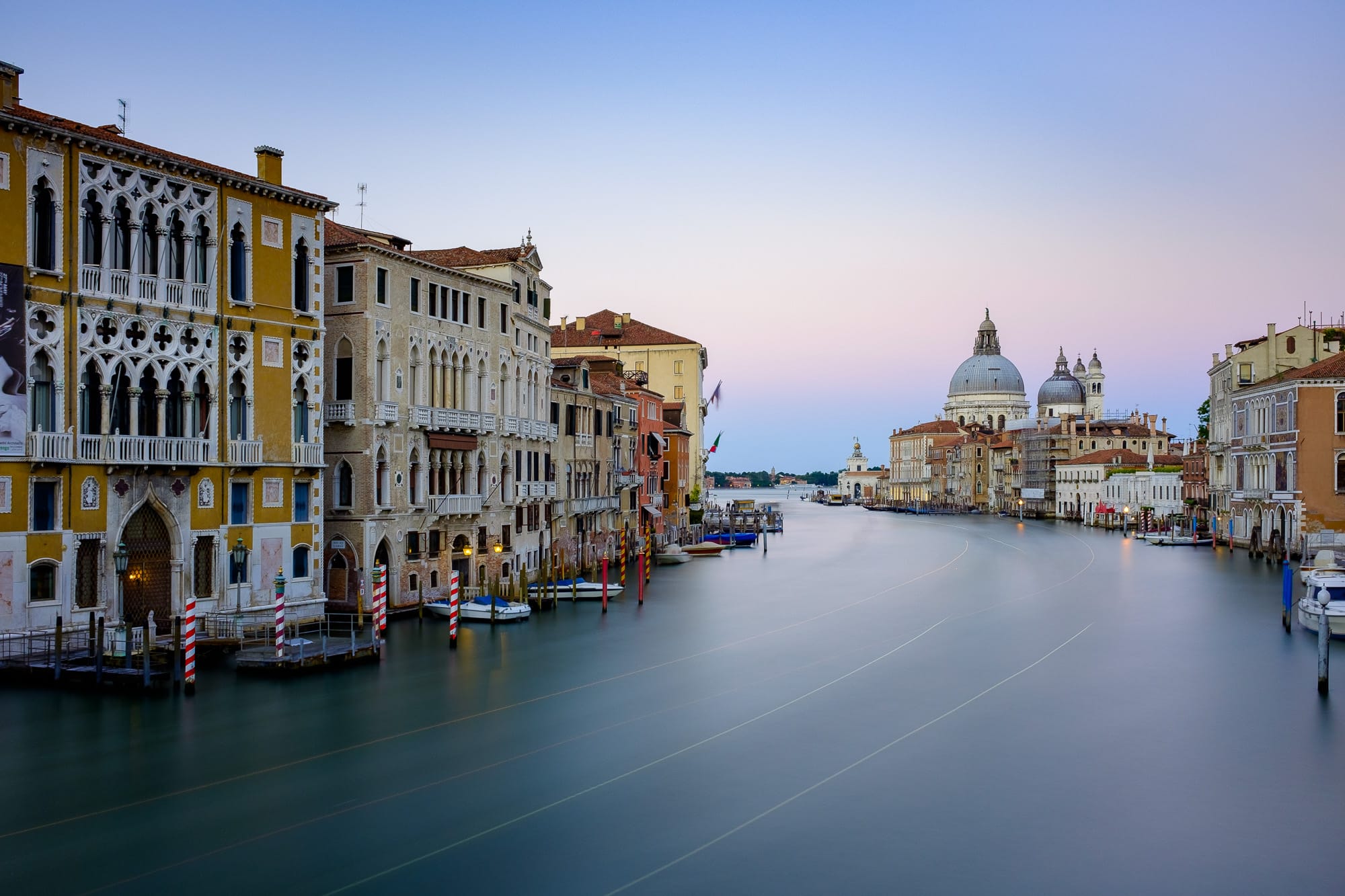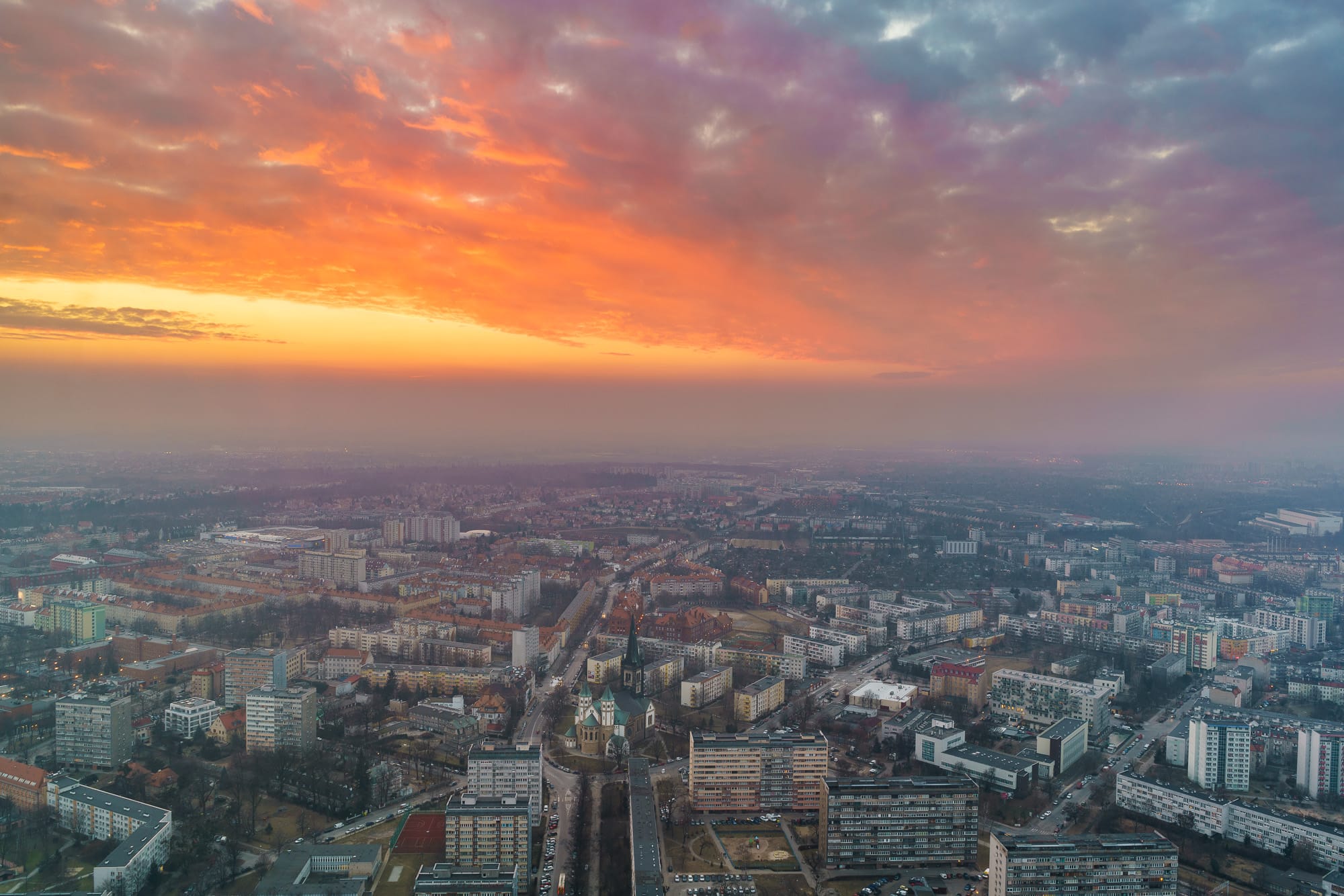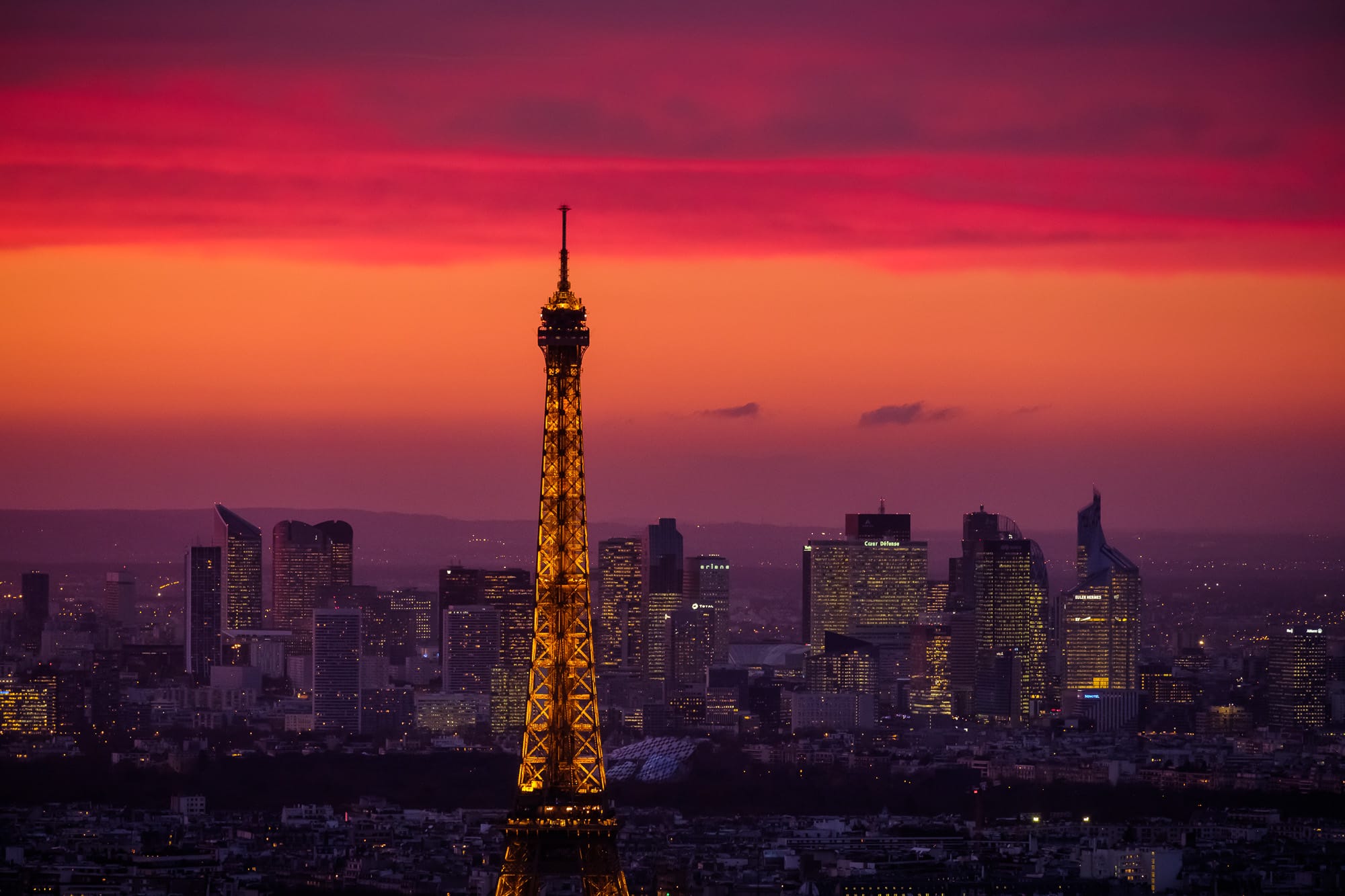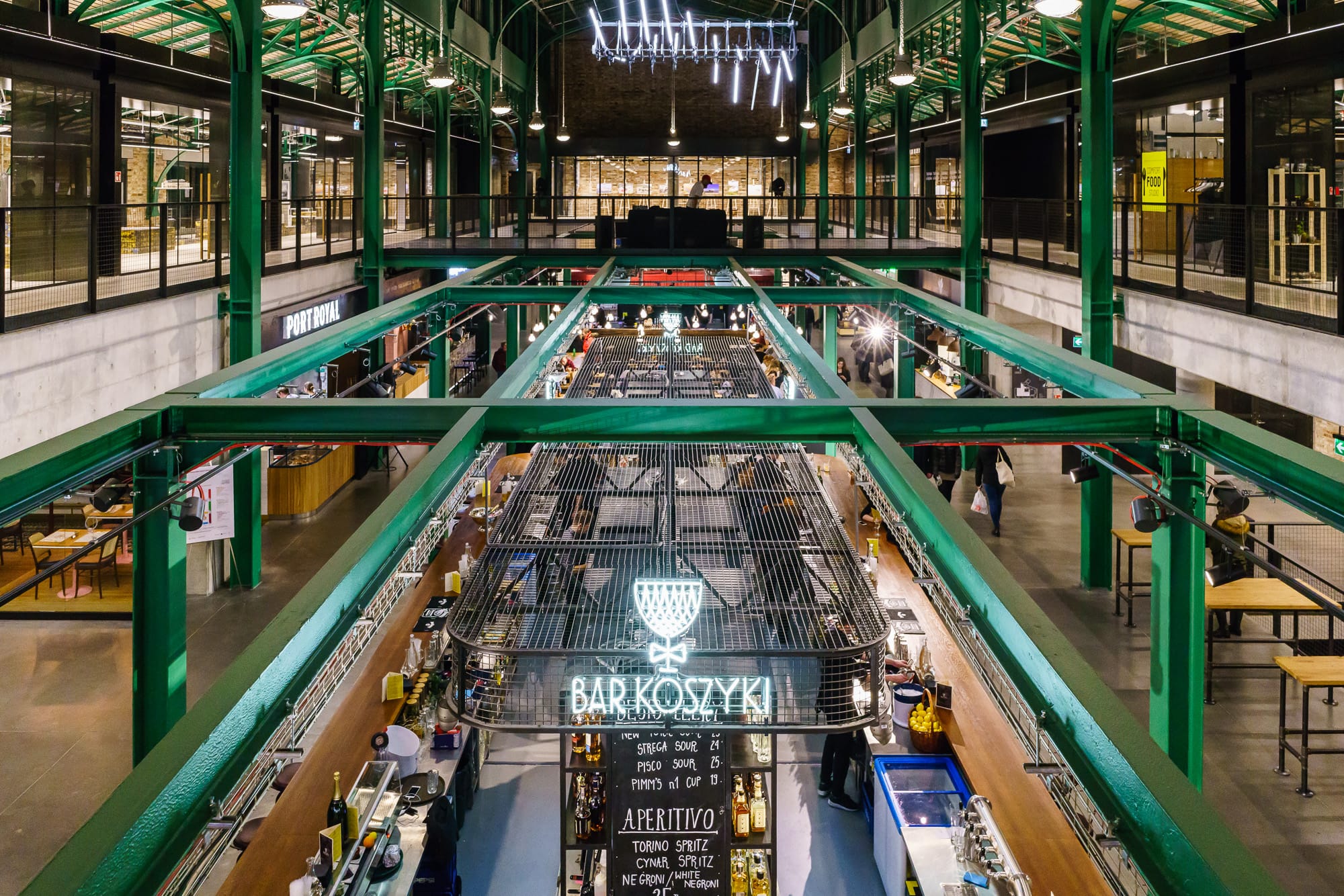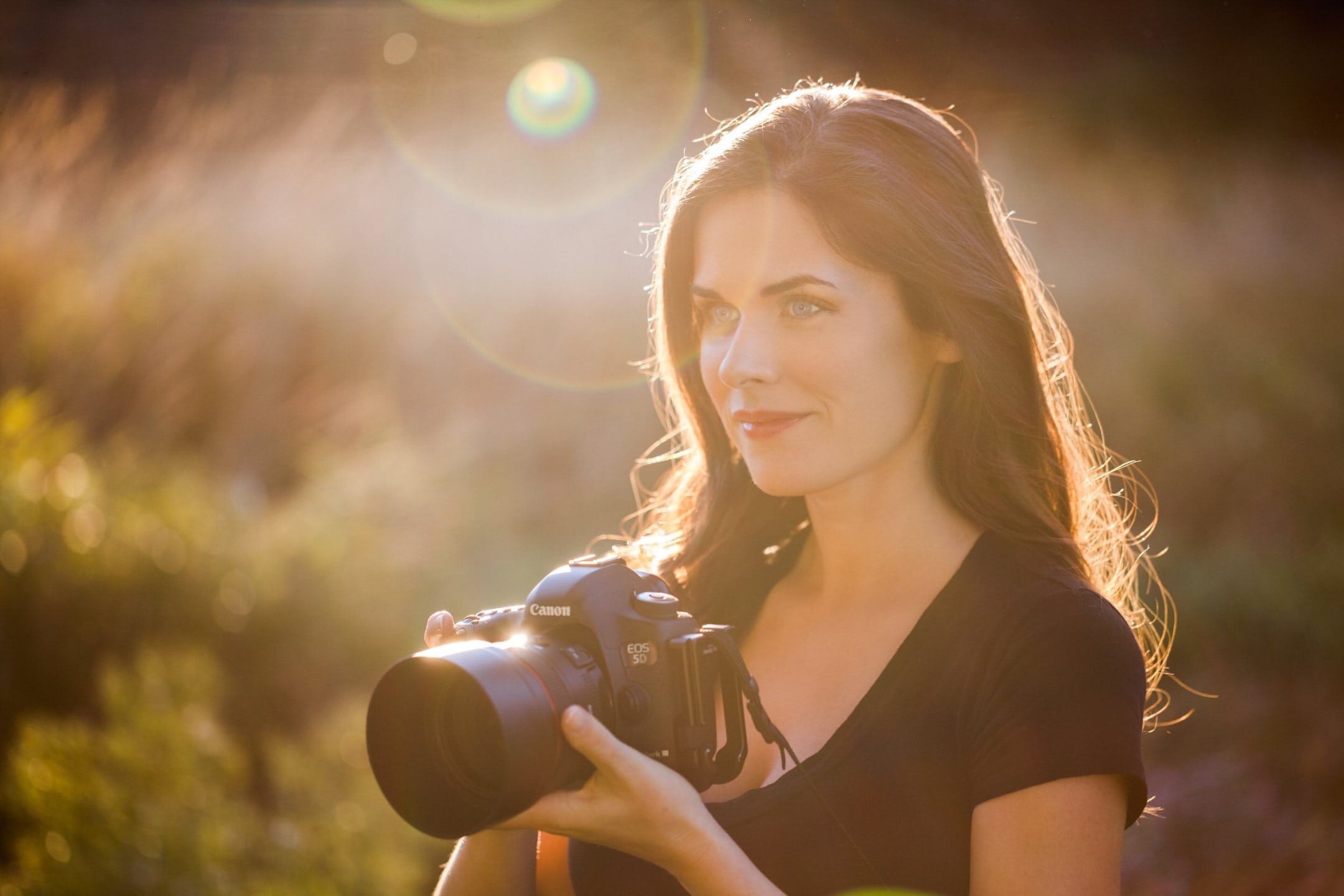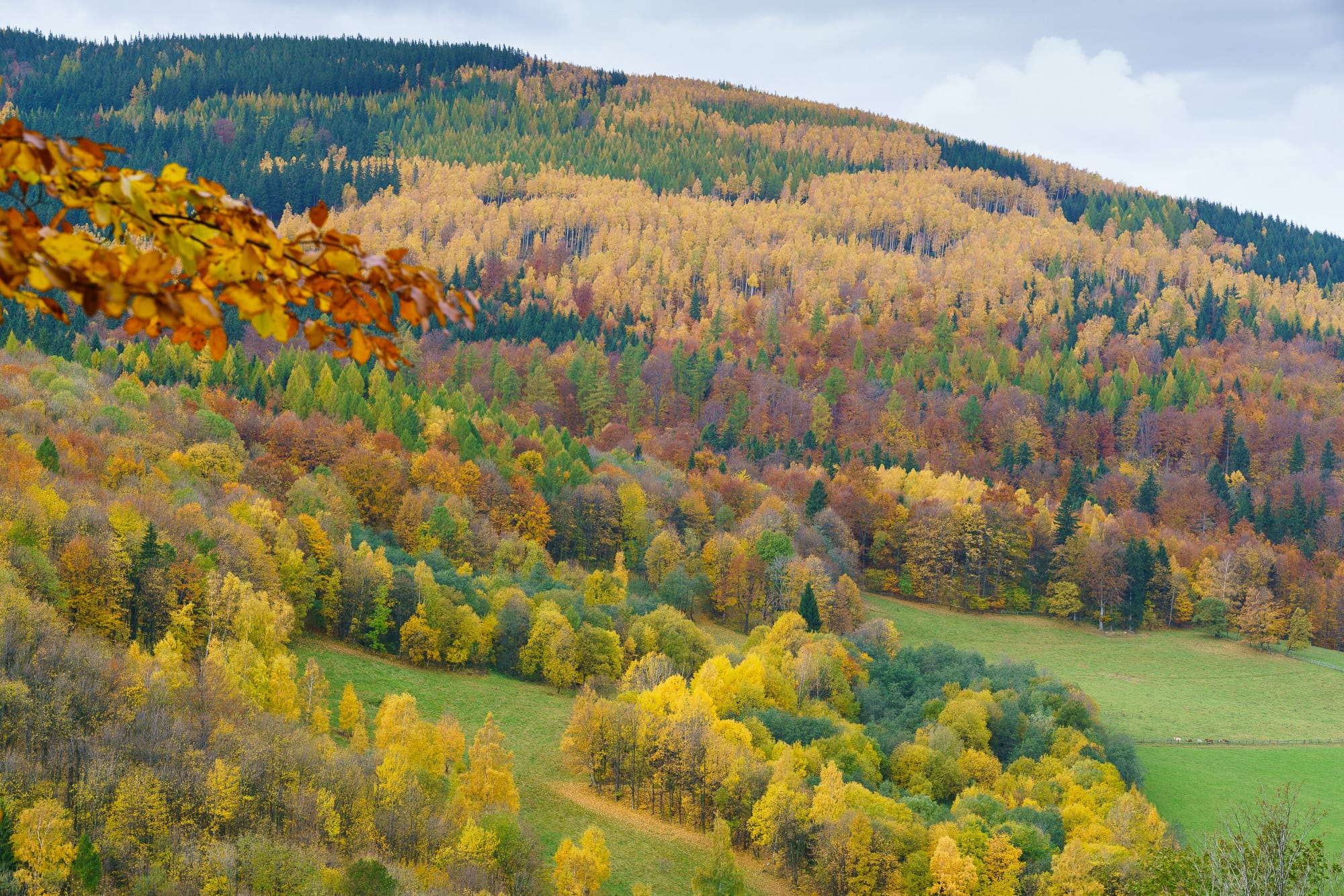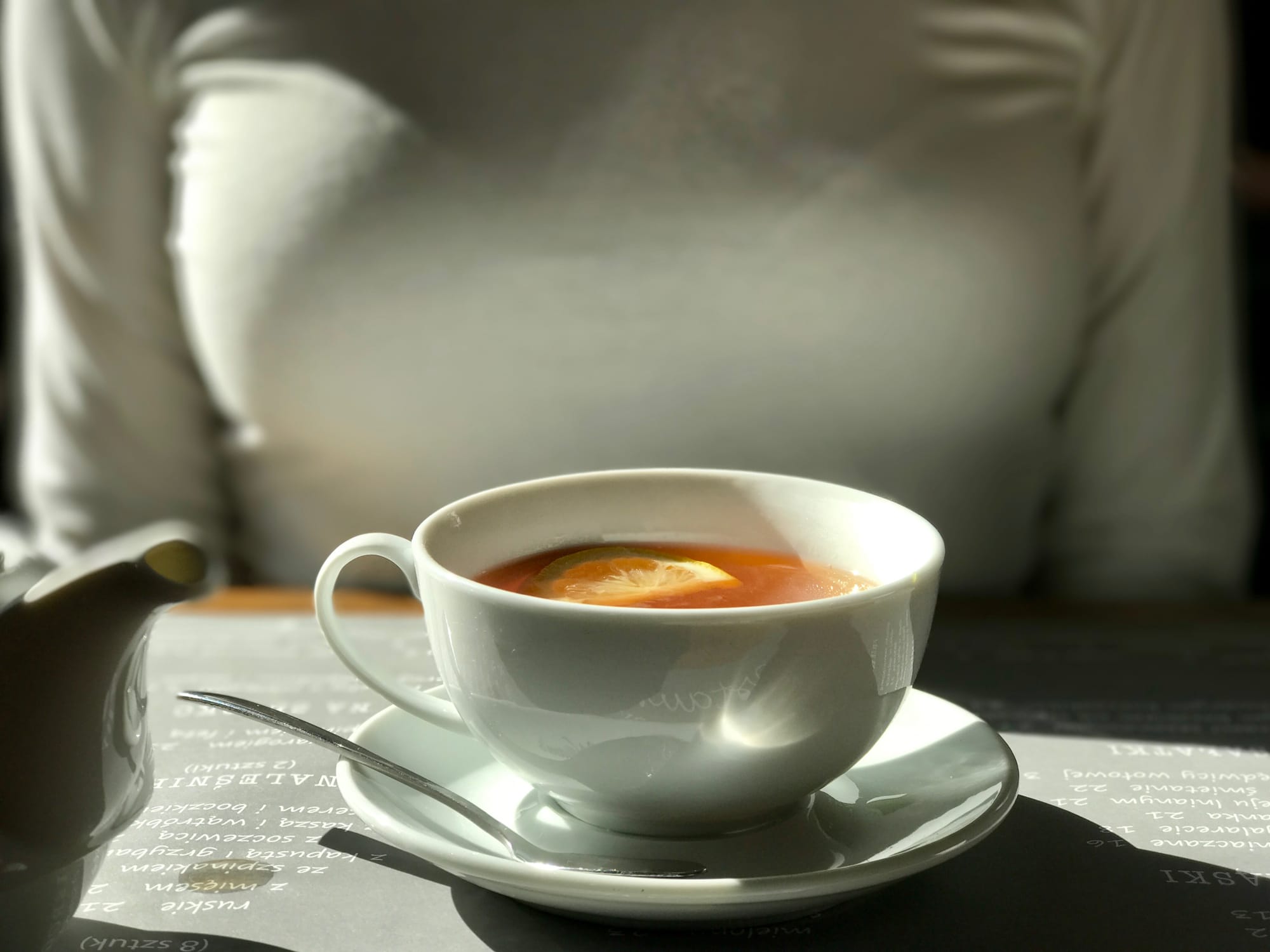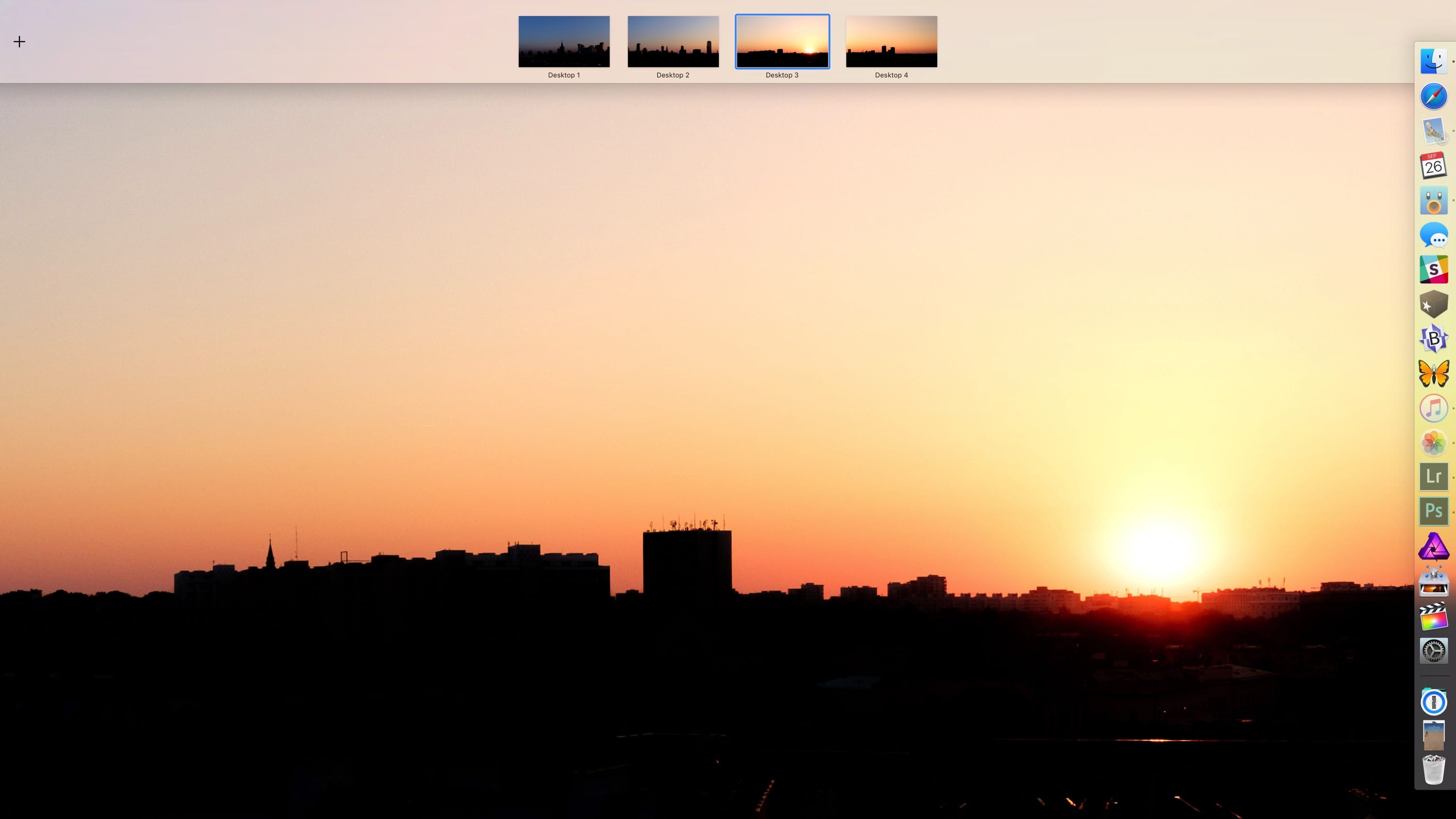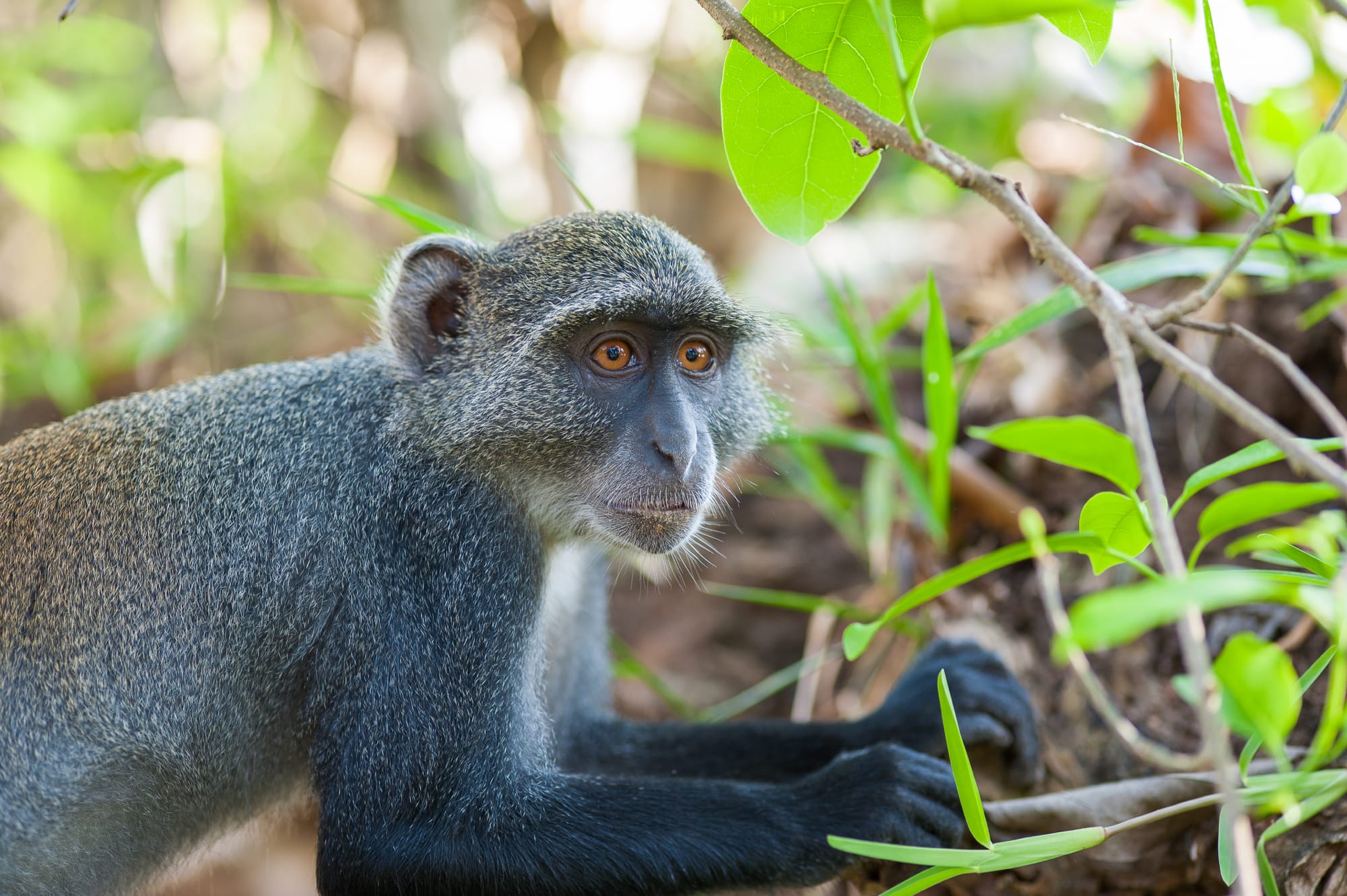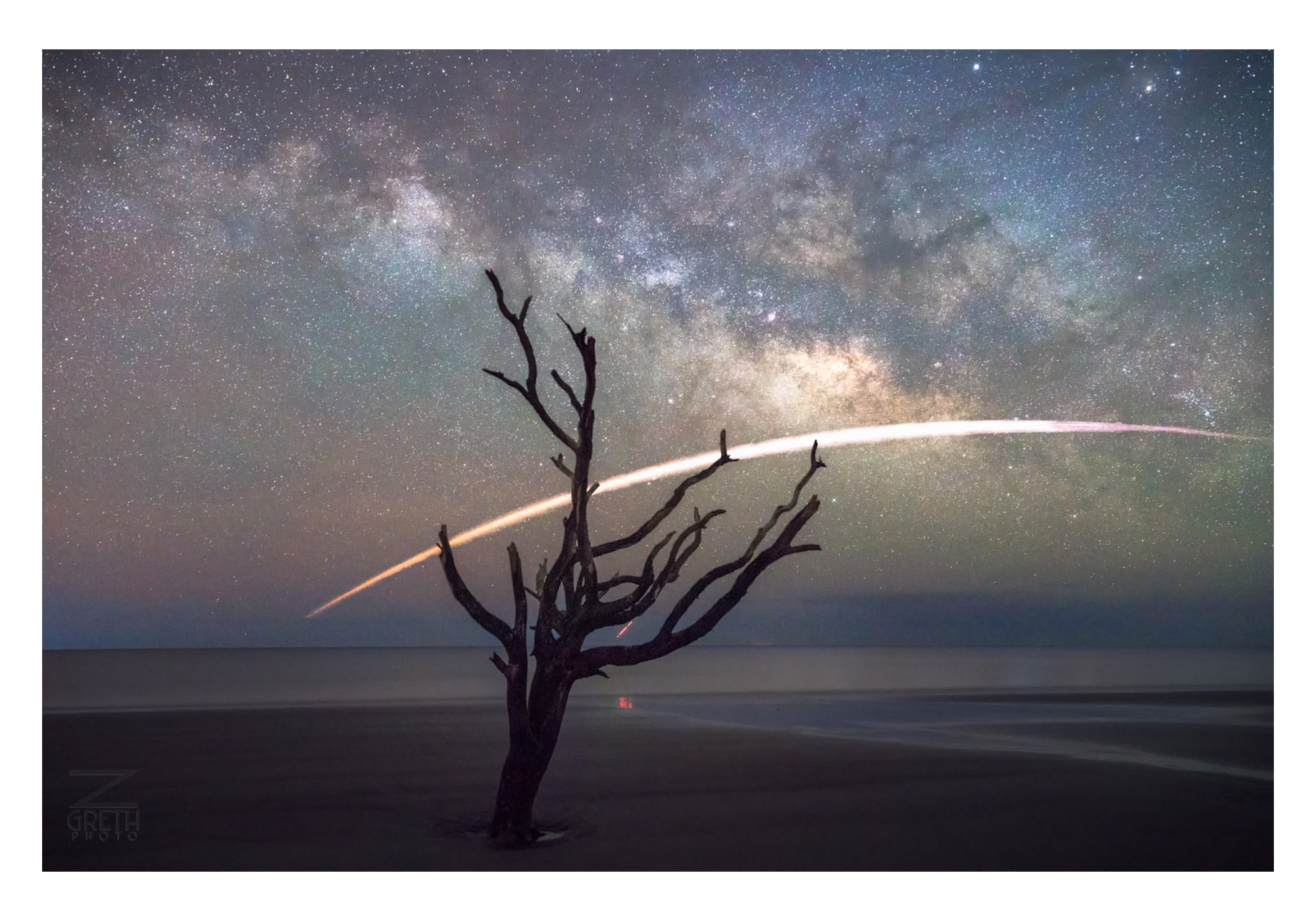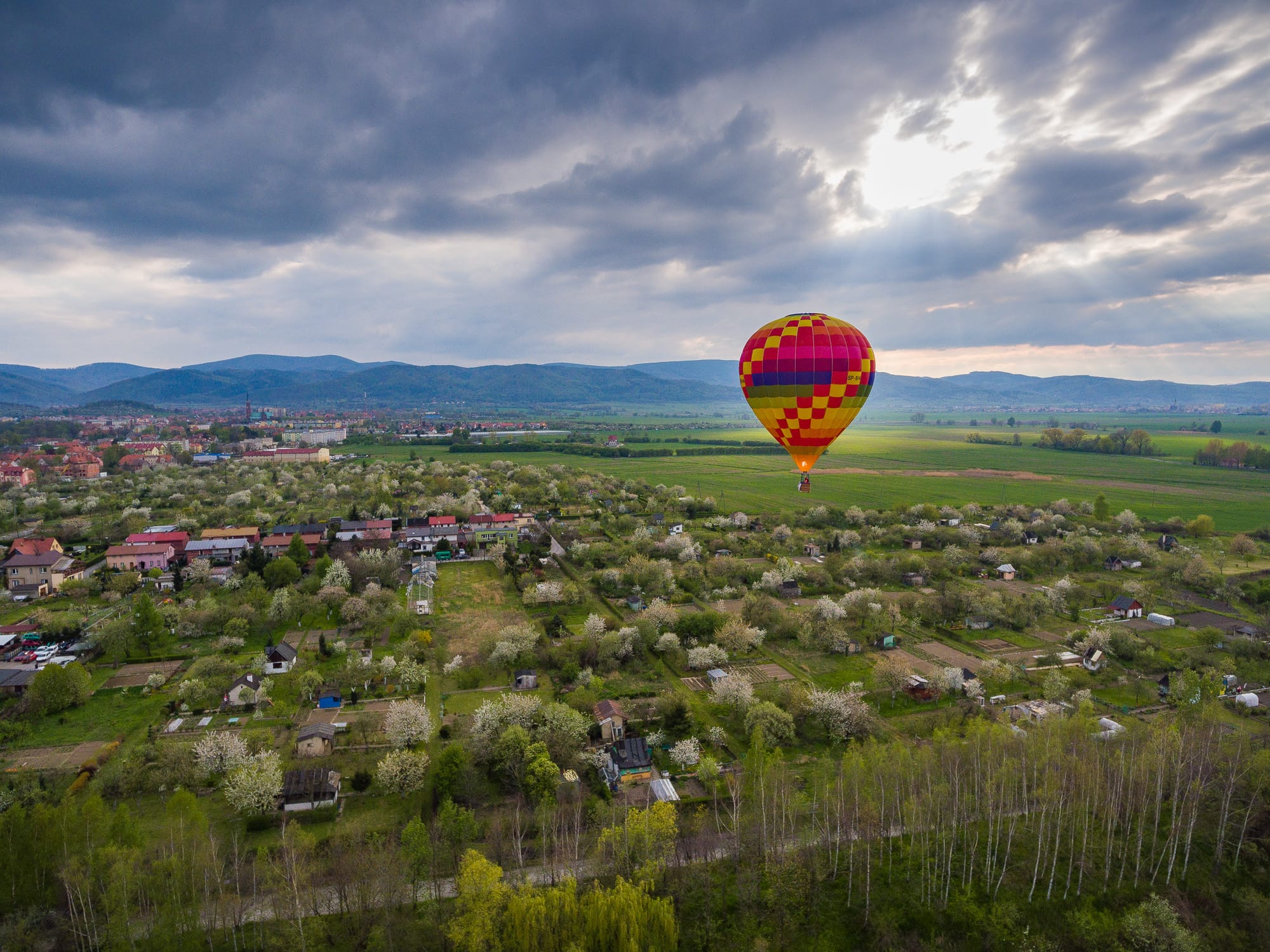Stu Maschwitz:
When I first started testing Portrait Mode, I was alone in my backyard, with only inanimate props. I took some shots where the Depth Effect shined, and some where it flopped…
This stands to reason. The depth map is very likely computed at a reduced resolution, and I bet it’s noisy. Any smoothing is going to also eliminate certain edge details, and Apple’s engineers have, I’m surmising, estimated that eating into the edges a bit overall is better than seeing a halo of crisp background between the foreground subject and the blurred background.
The next night, my family came over for a cookout. As we ate and drank into the evening, reveling in global warming, I remembered that I had a new toy to play with. I pulled out my phone, toggled over to Portrait Mode, and snapped a few shots of my brother-in-law and his adorable son.
This is the photo that convinced me that Portrait Mode is a real thing. Here it captured a fast-moving, uncooperative subject, at ISO 500 lighting, and produced results that are not just good, but actually a photo I cherish.
I already have a few shots of my wife which I will love for years to come — I didn’t have my ‘big’ camera with me at the time. They would not have worked without Portrait Mode, which isolated her from the background.


